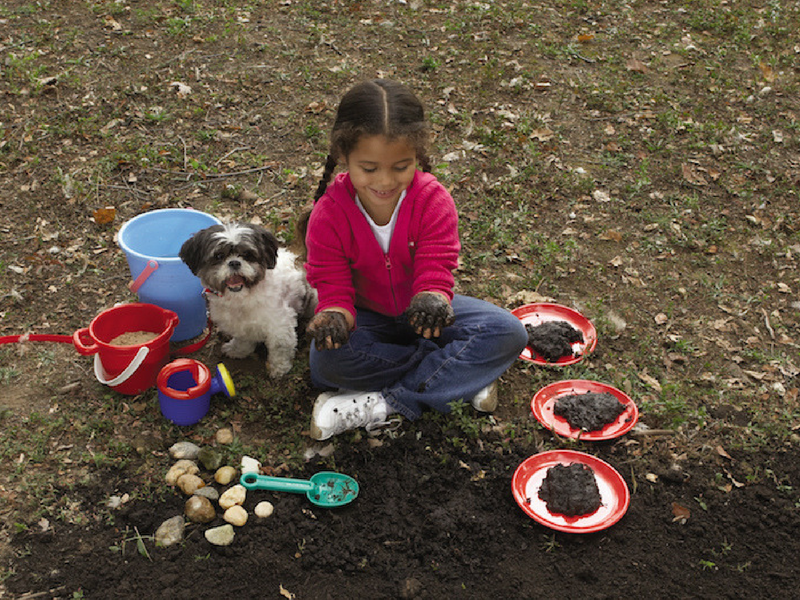
16 Jun 5 Ways to Determine if STEM Projects are Actually Developing STEM Skills.
Thanks to more publicity of international tests such as PISA and TIMMS, most Americans are now keenly aware that the United States’ test scores lag behind many other countries, particularly in the key areas of Science and Math. In response to the lagging scores, the STEM (Science, Technology, Engineering, and Math) movement was born.
Parents and teachers began looking for programs and projects that would better develop STEM skills. Publishers and companies of all sizes have responded with STEM projects, kits and programs to increase these skills. Heartwarming photos of young children building rockets look the part, but if you really want to develop STEM skills, you’ll need to look beyond the marketing photos.
How do you know if STEM projects are actually developing STEM skills?
Many STEM programs consist of engaging activities that can be a lot of fun to do with your child. But if you want them to be fun AND provide meaningful development of STEM skills, you’ll want to make sure the STEM program you’re considering exhibits these characteristics.
1. All Materials and Instructions NOT Included. Don’t get me wrong, parents don’t have time (or budget) to shop for a ton of materials. And it’s a great convenience for a program to include all the materials needed and clear instructions for completing a project. But consider how the materials and instructions are offered. Are they setting the project up to be followed in a paint-by-numbers format? When programs lay out all the components of an experiment (sometimes even pre-cut or perforated to ensure “success”) and explain exactly how to put them together, the child is developing the skill of following instructions, but not actual STEM skills.
A STEM program should provide materials and instructions that require children to think. For example, an investigation requires the child to pick three items from around the house and use them in the investigation. Maybe it offers a material that is solely for exploration, and not explicitly part of the investigation. Materials and instructions should support your child, but they should leave room for independent thought.
2. Variety in Final Products. A telltale sign that there may be no STEM in a “STEM” program is when there is a clear expectation of what the final product should look like. If the goal of the project is to create something that looks and acts just like everyone else who got the project, chances are there is not sufficient development of creative and critical thinking skills that are key to STEM.
A STEM project should encourage creativity and individuality before, during, and/or after the project. Maybe children have a choice in which ingredients they use or a choice in how they represent their findings. Children should have a clear understanding of what is required, but when there are multiple ways to complete a project “successfully,” children develop self-confidence and ingenuity.
3. Activities AND Learning. It’s amazing to me how many science experiments you can find on the internet. For example, many parents and children make a volcano by combining vinegar and baking soda. But how many of the children know WHY this mixture results in a frothing lava flow? If your STEM program provides activities, but no learning experiences, it may be fun play time, but it’s missing the opportunity to leverage that play for genuine, lasting learning.
Look for STEM projects that engage children with fun, messy activities, but also give age-appropriate instruction. Once a child is fascinated by the volcano, she is motivated to learn, so a program that gives you the language to convey the Science (or Technology, or Engineering, or Math) is what you want. (For example: The vinegar is an acid and the baking soda is a base. These are on opposite sides of something called a pH scale. When you mix materials from opposite sides of the scale, they produce a gas that causes the reaction!)
4. Real-world Application. STEM projects can be exciting, but many are focused on the 10-15-minute experiment, and leave out the broader implications of the Science, Technology, Engineering, or Math. If, after the project, your child has no idea how what he did affects the world he lives in, he has engaged more in entertainment than STEM development.
Expect a STEM program to take the learning beyond the investigation itself and share how the STEM concepts are used in real life. (For example: Sometimes acids and bases are used together in cooking. The carbon-dioxide bubbles cause dough to rise!) These explanations don’t need to be exhaustive; you don’t want to overload your child with too much information. But a program that provides some real-world connection, is a program that is truly preparing your child to think and act like a STEM professional.
5. Communication Encouraged. It’s easy to think STEM is all about numbers and following a procedure, but it’s just as much about communication. Mathematicians, scientists, engineers, and technology coders—they all discuss their findings with others in their field and work together to form solutions. STEM projects that can be completed individually, without discussion and collaboration, may foster self-direction, but they aren’t allowing a child to develop the critical STEM skills of collaboration and communication.
A STEM program should start a conversation about the concepts being discovered. Maybe it gives talking points for you to discuss with your child. Or maybe it provides extensions for you to explore together. A program that reminds you to discuss findings with your child, is setting your child up for STEM success.
Above all, consider how closely a “STEM” project resembles the work of real STEM professionals. Scientists and Mathematicians work on problems that don’t yet have answers. So STEM programs that take children all the way from question to answer without the learning that comes from trial and error, data collection, and creative problem-solving are not actually STEM programs at all. Avoid programs that simply entertain in favor of programs that engage your child’s senses, curiosity, and desire to learn.

Sorry, the comment form is closed at this time.